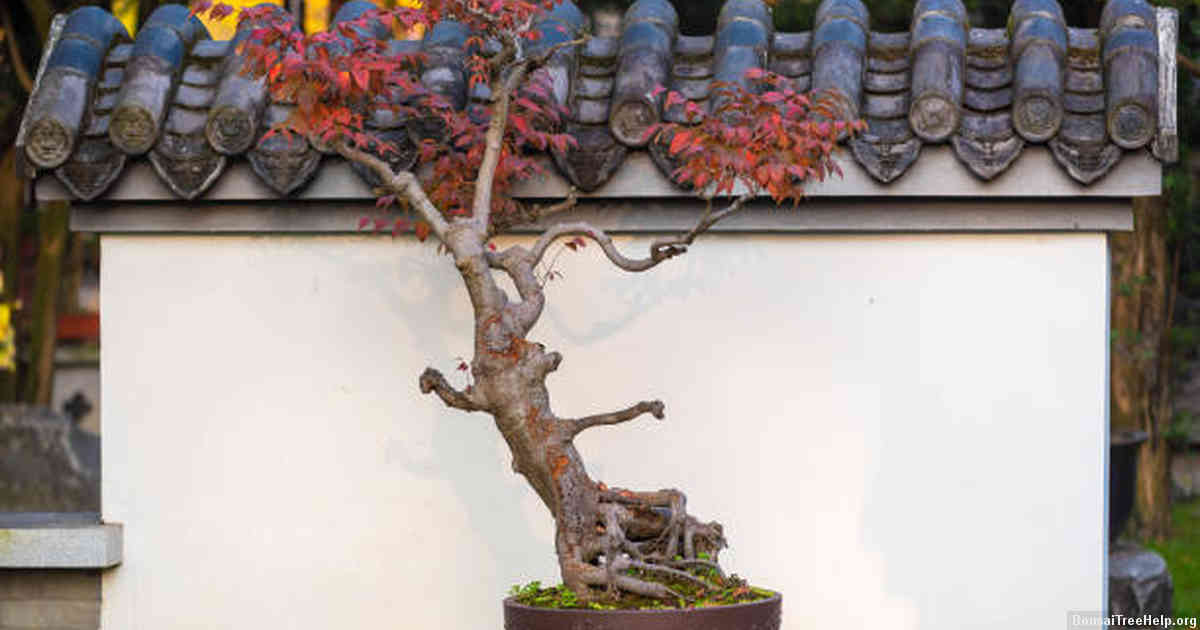
Water your bonsai regularly. Water it as soon as the top soil is dry to the touch – usually every 3-4 days, depending on climate and season. Ensure you never let a bonsai completely dry out by regular inspection of the surface of its soil. The best way to water is to submerge in a basin of water until all air bubbles have stopped rising from the soil, then allow to drain before returning it to its tray or pot.
Contents:
- Introduction to Bonsai Care
- Choosing the Right location for Your Bonsai Plant
- Watering Techniques for Your Bonsai Trees
- Trimming and Pruning Your Bonsai
- Bonsai Fertilizing Tips: Keep Your Tree Healthy and Flourishing
- Preventing Pests and Diseases in Your Bonsai Collection
- Final Thoughts on Caring for Your Unique Bonsai Plants
Fertilise your bonsai regularly during its growing season, typically spring through autumn. Use a balanced fertiliser with an N:P:K ratio between 4:2:4 and 6:3:5 for foliage growth or 2:1:3 for flowering varieties, applying every 1-2 months depending on age and size of tree and strength of product used. Never apply too much – weak solution frequently rather than one concentrated dose will provide better results with fewer risks of damaging the roots.
Prune regularly using either scissors or pruning shears, removing long shoots which extend past defined limits; branches that are crossing each other; any dead wood; and spent flowers following blooming periods etc. Keep shoot tips trimmed back so they don’t weaken more inner branches unnecessarily when getting bigger in size due to their weight at full extension beyond an ideal silhouette shape.
Introduction to Bonsai Care

Bonsai is a beautiful and captivating art form that requires time, patience and effort to bring out its unique beauty. It also calls for careful attention to certain details of care. It might seem intimidating at first, but with the right information and guidance anyone can become an expert bonsai enthusiast.
In general, bonsai cultivation typically involves four main areas: watering, fertilizing, pruning and styling. Watering should be done frequently; too much or too little water will both cause harm to your plants’ health. Appropriate fertilizer should be used according to the season; over-fertilizing can lead to serious problems such as root burn in bonsais. Pruning techniques include pinching off excess foliage as well as root pruning which helps keep your plant healthy by promoting strong new growth while simultaneously preventing disease and maintaining desired shape. Styling involves cutting branches at certain angles or wiring them into specific shapes so that you can create a pleasing composition of curves and lines when viewed from any angle.
It is important to remember that successful bonsai cultivation requires commitment; however it is rewarding when you see the results of your hard work in taking good care of your plants. With some practice and dedication you’ll soon have flourishing trees bursting with life before you know it!
Choosing the Right location for Your Bonsai Plant

When selecting the ideal location for a bonsai plant, there are several aspects to consider. The most important is finding an area that gets plenty of sunlight throughout the day – usually at least six hours should do. It’s essential to ensure that your bonsai is not exposed to any extremes of temperature which could cause the delicate tree to suffer and eventually die. Therefore, make sure you pick an area where temperatures range between 18°C and 26°C (64°F-79°F). Avoiding extreme or heavy winds will also help keep your bonsai safe – placing in a corner of your garden or patio would be suitable. Depending on the size of your bonsai, select an appropriate container in order to securely contain its root system, and then choose a large enough pot that can cover this. You should move it indoors during winter months as exposure to frost will damage both leaves and bark alike. Looking after a bonsai does not have to be too difficult; by following these tips on choosing the right location, you can ensure its longevity whilst helping it look its best all year round.
Watering Techniques for Your Bonsai Trees
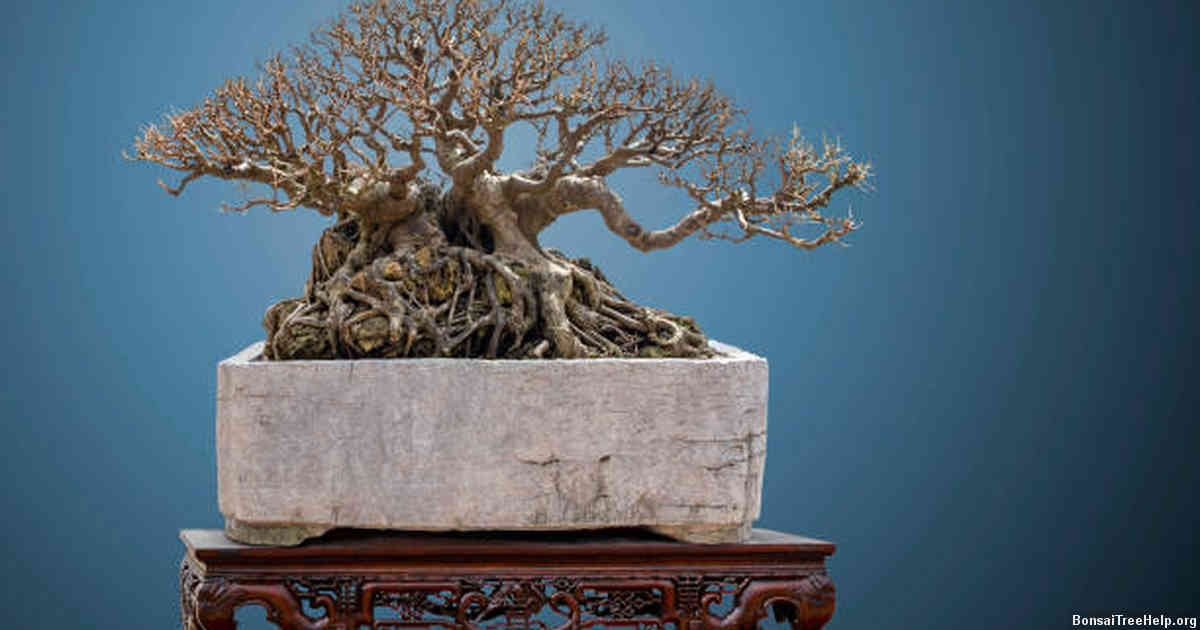
Watering your bonsai trees is an important part of their care, as it gives them the nourishment they need to grow and stay healthy. Different bonsai trees will require different levels of water, so you’ll want to be sure to research the needs of each species before deciding on a watering technique.
When looking after a bonsai tree, one way to ensure that it receives enough water is by using drip irrigation or misting systems. These automated systems can take some of the guesswork out of how much water your plants are receiving and help keep roots from becoming overly saturated. Alternatively, you may decide to employ hand-watering techniques with a spray bottle or small cup to gently disperse moisture around the soil’s surface without over saturating it. In either case, checking for adequate moisture by sticking your finger into the soil up to your first knuckle can give you a good indication as to whether more watering is needed.
Overwatering should also be avoided in order for your bonsai tree not get too wet which can cause fungal issues such as root rot. Therefore, even if it seems like there isn’t enough water getting through at times this would be preferable rather than saturating its surroundings in excess moisture that could damage its health long term.
Trimming and Pruning Your Bonsai
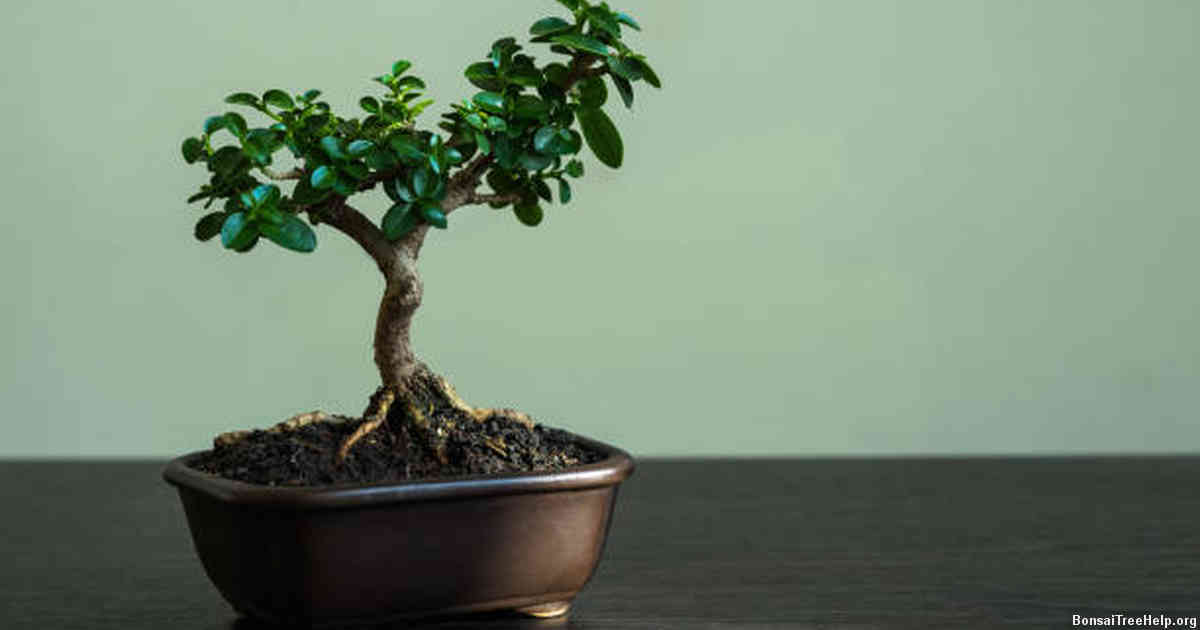
Properly caring for a bonsai tree can be challenging, particularly when it comes to trimming and pruning. Shaping your bonsai into the desired form requires careful attention and correct use of special tools. Regular maintenance is needed in order to retain its form or create a new one.
Before you begin cutting away any parts of the tree, ensure that you have sharp scissors or shears; these are much more effective than trying to work with dull blades. When using these tools, start by removing the larger branches first before moving on to small ones. Make sure not to cut away too many leaves at once as this will cause stress on the plant’s health. Be especially mindful when dealing with larger branches as they need to be carefully angled so that the trunk still looks natural and pleasing while simultaneously providing stability and support.
After proper removal of unwanted elements from your bonsai have been completed, don’t forget about fertilizers; selecting an appropriate fertilizer is important for healthy growth of a newly-trimmed tree since it provides essential nutrients for development and growth in both size and shape. With patience and dedication it should be possible over time to keep your bonsai looking great without necessarily having any prior experience in gardening.
Bonsai Fertilizing Tips: Keep Your Tree Healthy and Flourishing

Proper fertilizing is an essential part of keeping a bonsai healthy and flourishing. Fertilizer helps to increase the tree’s nutrient levels in order to maximize growth and prevent disease. While all fertilizer contains nitrogen, phosphorus, and potassium as its main components, not all are created equal when it comes to meeting the needs of a particular bonsai species. For example, a deciduous tree will require fertilizer higher in nitrogen than evergreen varieties.
When selecting a suitable fertilizer for your bonsai, look for one that is slow-release or water-soluble; these are preferred over granular types which may not provide adequate nourishment during their brief contact with roots. Also look for products with additional trace minerals such as magnesium and iron; these elements help promote lush foliage on the branches and stems of your tree.
Fertilizing should occur once every two weeks during springtime when trees are growing vigorously – however this amount can be reduced during summer months when trees experience slower growth rates. It’s important never to overfertilize: too much chemical input can burn delicate root systems, thus leading to delayed development or stunted growth from shock damage sustained by plants.
Preventing Pests and Diseases in Your Bonsai Collection
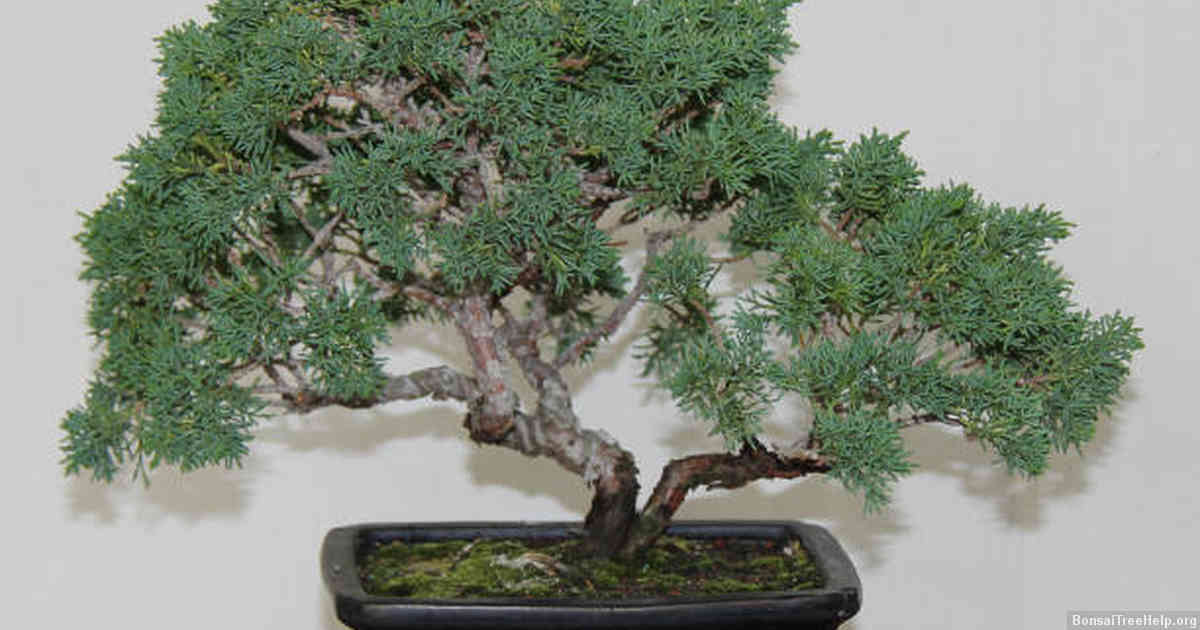
The primary measure for preventing pests and diseases in your bonsai collection is to practice good hygiene. As such, ensure that you don’t keep any dead branches or leaves on your bonsai plants. All these parts should be removed as soon as possible since they can easily become a breeding ground for parasites and fungal organisms, leading to their rapid spread throughout the collection. Pruning tools should be disinfected after every use in order to stop the transfer of infections from one plant to another through the equipment used.
It is also important that you give your bonsai plenty of light and air circulation as this will promote healthy growth and reduce susceptibility to pests and diseases. When caring for more delicate varieties, it may be helpful to shelter them from extremes of temperature while still allowing sufficient airflow into their foliage. Good air circulation often mitigates most health problems by providing an environment which is inhospitable to dangerous pathogens.
Monitoring your plants regularly is critical for prompt identification of any pest infestations or disease outbreaks early on so that the necessary steps can be taken before extensive damage occurs. Conducting regular inspections allows you to observe new growth patterns with close scrutiny such that any unusual behavior that could potentially indicate unhealthy conditions may be quickly addressed with appropriate countermeasures like insecticides or fungicides if required.
Final Thoughts on Caring for Your Unique Bonsai Plants
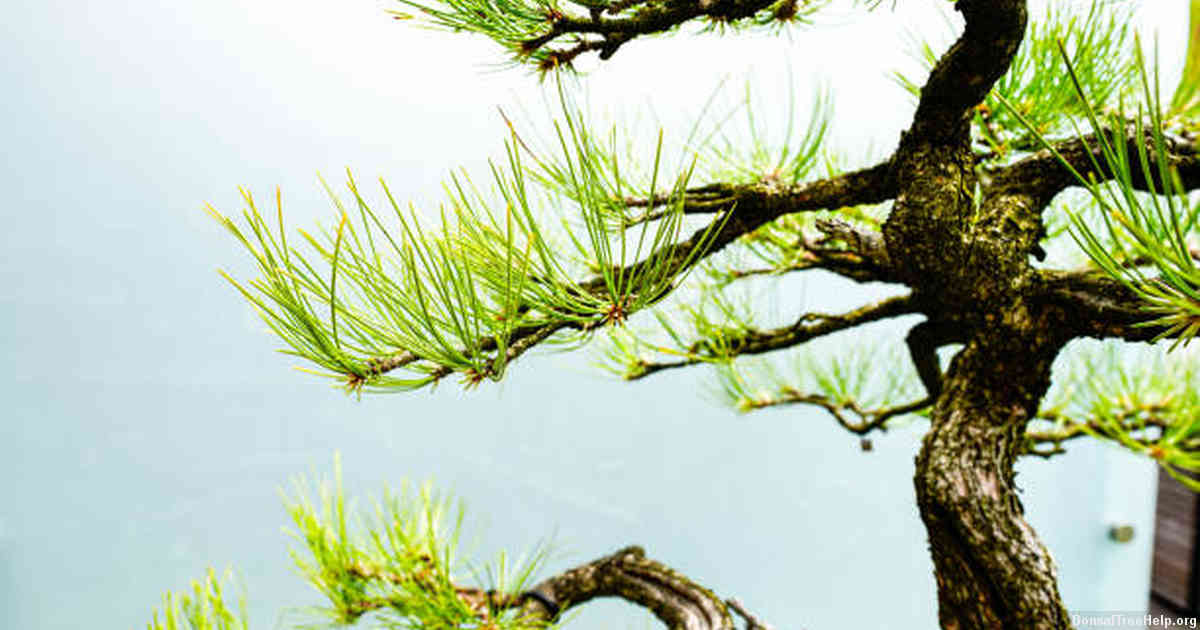
Caring for a bonsai is a challenge and an art. The time and effort you spend nurturing your bonsai plants will be rewarded with beautiful results that only the patient and meticulous bonsai grower can achieve. Before putting energy into maintaining the health of your living sculpture, it’s important to familiarize yourself with its optimal growing environment. This includes learning about its sunlight needs, watering requirements, fertilizer levels, temperature range, etc. With this knowledge in hand you are ready to get started on cultivating your extraordinary plant.
When tending to your individual specimen or selection of specimens it’s also important to pay attention to specific pruning techniques so as not to damage the delicate leaves or branches of your tree. Applying appropriate forces in suitable areas will prevent wounds and ensure growth continues unhindered in healthy directions whilst protecting against pests. This procedure may seem intimidating but there is a lot of online help available if you require further guidance on caring for one type of species over another.
Developing a successful relationship between yourself and your Bonsai requires dedication yet ultimately brings immense satisfaction due its unique level of maintenance. Taking care not too overwater or otherwise overly stress out these miniature trees is essential as they often display discomfort quite quickly and need swift action for remediation – essentially treat them like close family members rather than unfamiliar acquaintances. Adopting the practices needed for their upkeep could make all the difference when it comes to allowing these prized plants to flourish throughout their lifetime – from root through stem up until foliage tip!
Leave a Reply